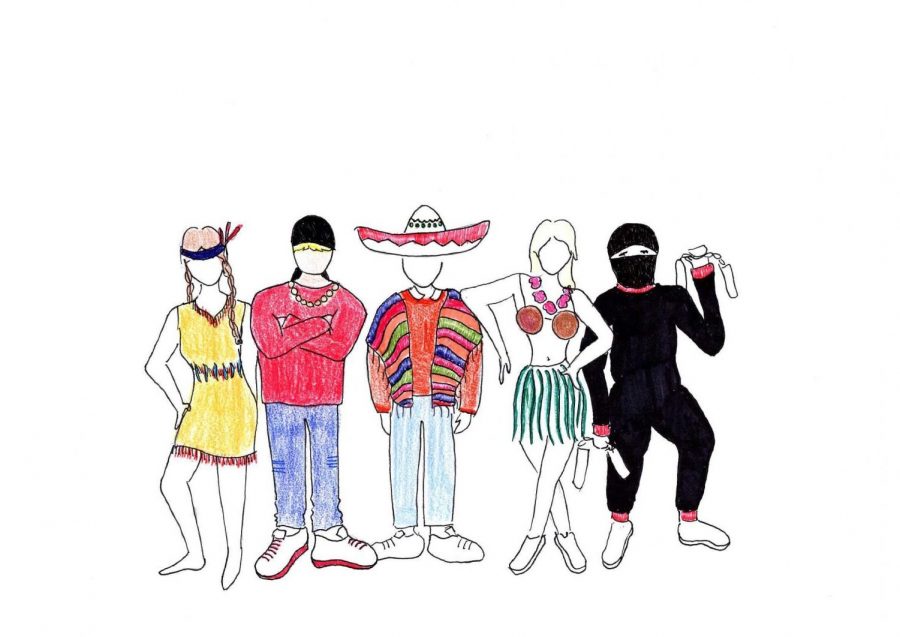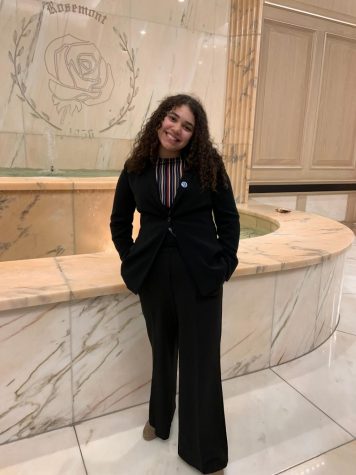This (white appropriation) Is America
October 20, 2020
Our society has continuously stolen culture from marginalized groups and appropriated them. As a whole, members of society have been publicized and profited from the appropriation of oppressed cultures and disguised this appropriation as assimilation. It is important to respect and acknowledge that what you find trendy now was once not acceptable by the standards of society and caused harm to many of these communities.
Black cultural appropriation is not new. From music to hair to language, it has been a present issue for centuries. Black music creators have been popularized by their younger white audiences, while white adults see it as inappropriate, as the language and content is vulgar. I have seen many adults praise Joyner Lucas for his production of “I’m not racist” but the similarly produced “This is America” by artist Childish Gambino has been seen as a threat to what white people deem as appropriate. Another issue within the Black music industry is that through Black music you can hear the many effects of poverty that artists deal with because this content is unseen to their white listeners, it is not interpreted correctly by this audience and downplays the experiences they face. Black music has been appropriated by its audience for a long time and understanding the distinctions around the culture is extremely important to actually appreciate the culture.
Another issue to unpack around stolen culture is companies raking in money from the LGBTQIA+ community. Once the month of June hits, capitalist corporations profit on Pride month. Many of these companies do not donate their profits, or, if they do donate, they give their money to organizations that are not in support of the community. Profiting off of Pride month is a degrading ideology as the month is a symbol of freedom and acceptance to the LGBTQ+ community.
Much of American culture has been stolen from those who were here before us. So many people appropriate, denigrate, or flat out ignore Indigenous culture. The most popular example is around Halloween, many people tend to dress up as Indigenous people. Their clothing is not a costume. Another example being burning sage. This has been normalized as a way to cleanse their spaces, but this appropriation decreases the sacredness the action has within Native culture. Indigenous culture is incorporated and rooted in the country, but the acceptance of their group has clearly not been valued throughout our society, and glorifying their culture for individualistic activities has caused more harm than good.
All of these marginalized groups have for many years seen the stigma of being unacceptable, and after they were popularized by the privileged society, they were deemed appropriate. As we reflect on what we have stolen from the culture residing outside of our own, we need to remember the hardships that were present before the normalization and also remember the way these trends have been normalized; what may be a trend to you is culture for others. Much of the trends that are relevant in Evanston are determined by marginalized groups without the acknowledgment of where they come from. By reflecting and understanding these concepts, we can appreciate and uplift the culture of the marginalized communities around us.










